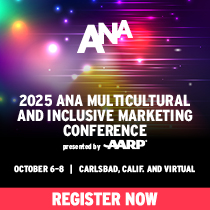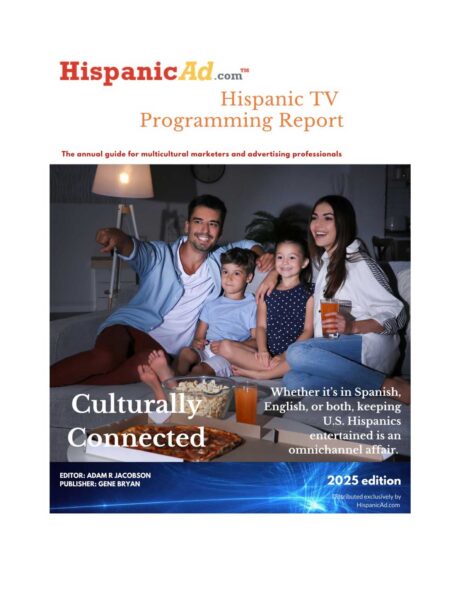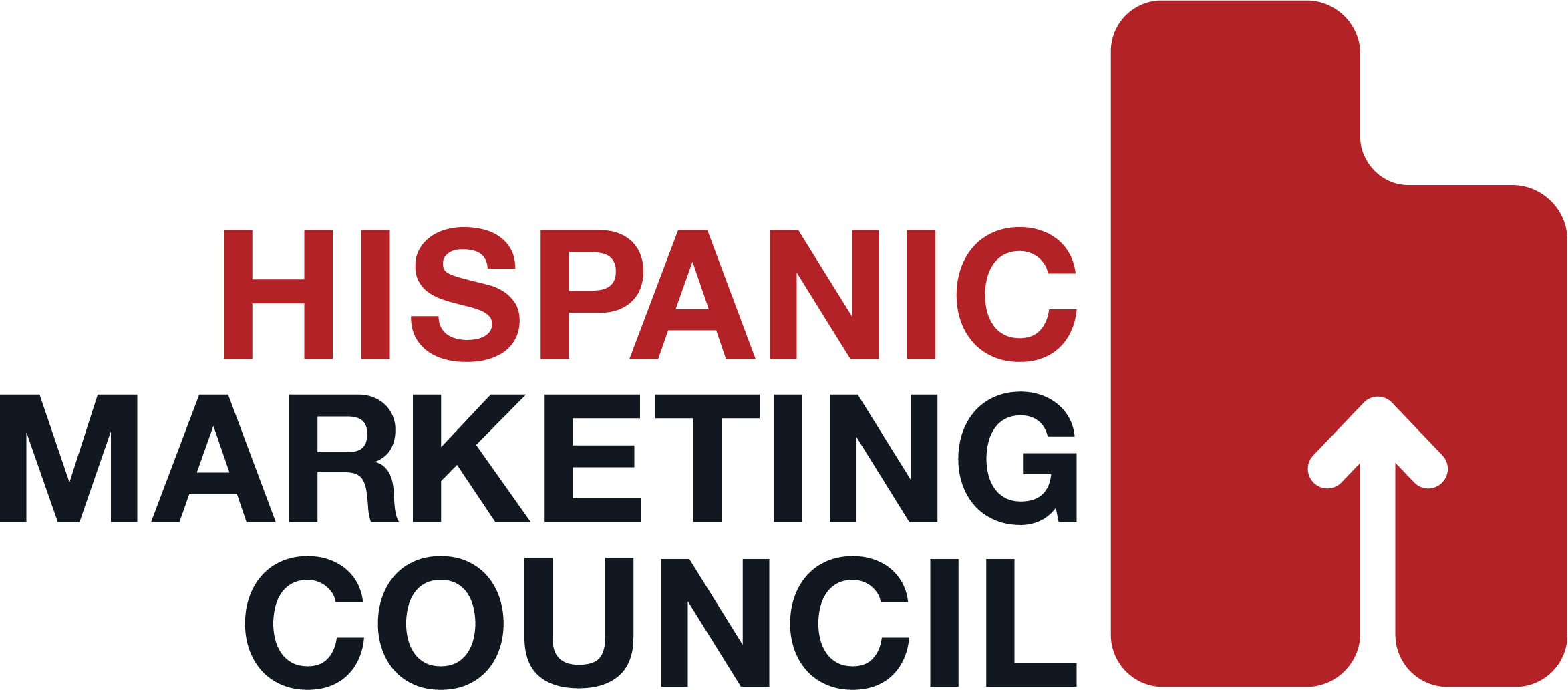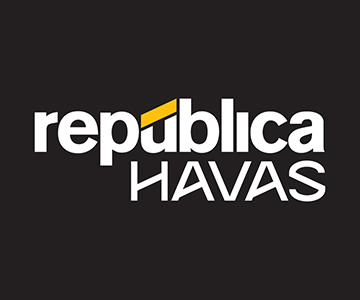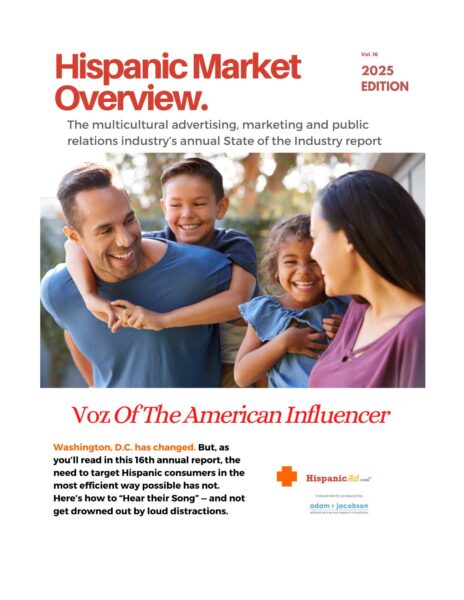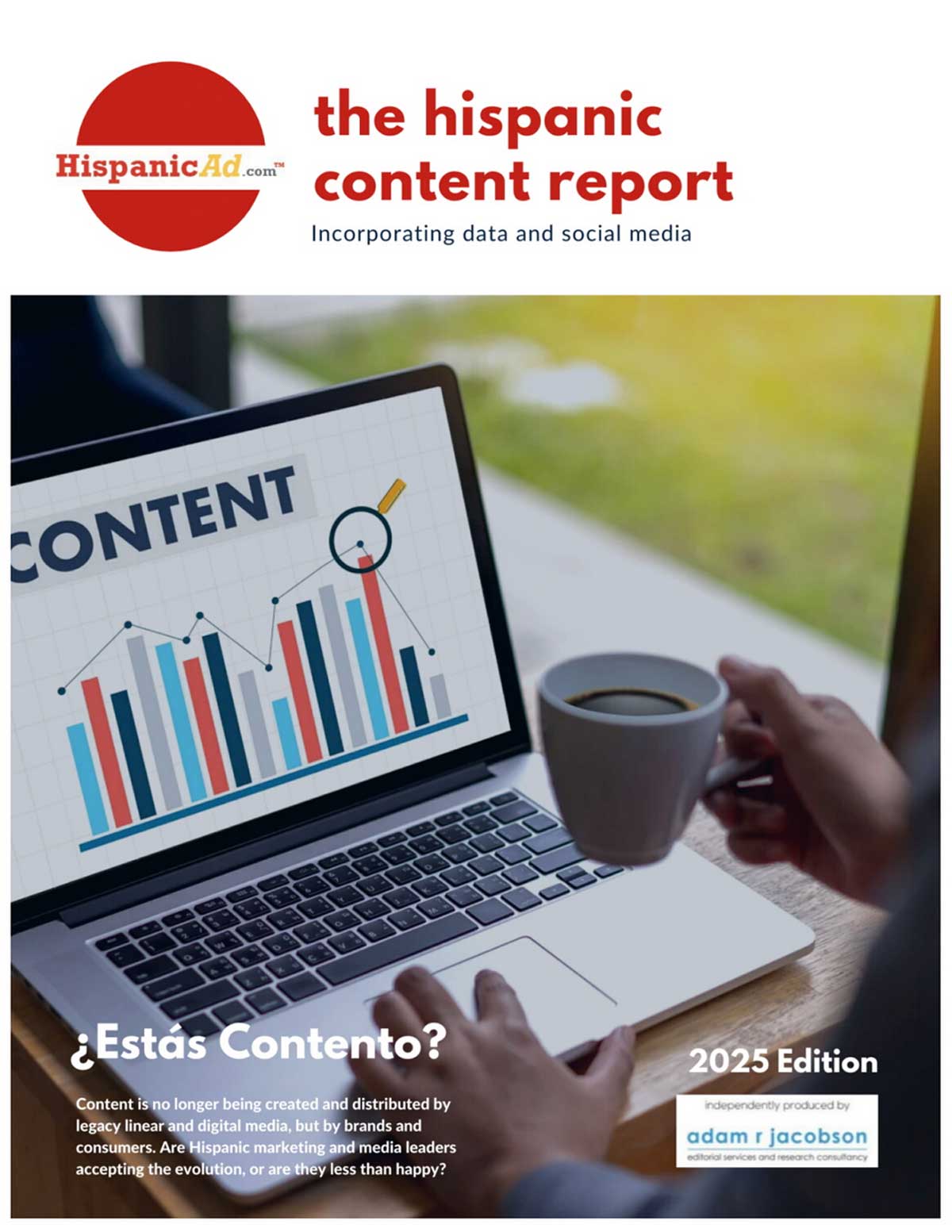#SocialTrends2017: What to Expect in the New Year
December 15, 2016
![]() Social media is a major player in the most important conversations in media and marketing—including hot-button topics such as attribution, live streaming, digital video advertising and messaging. eMarketer predicts what will happen in this fast-changing space in 2017, according to a new eMarketer report, “US Social Trends for 2017: eMarketer’s Predictions for Attribution, Live Streaming, Messaging, Influencer Marketing and More”.
Social media is a major player in the most important conversations in media and marketing—including hot-button topics such as attribution, live streaming, digital video advertising and messaging. eMarketer predicts what will happen in this fast-changing space in 2017, according to a new eMarketer report, “US Social Trends for 2017: eMarketer’s Predictions for Attribution, Live Streaming, Messaging, Influencer Marketing and More”.
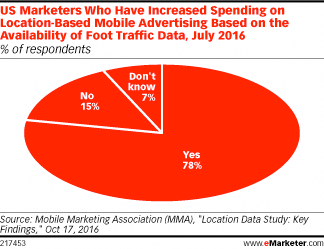 Marketers that want to know what offline actions their online advertising caused should look seriously at the tools being developed by Facebook and Google. The two digital powerhouses are among the most strongly positioned players in O2O attribution.
Marketers that want to know what offline actions their online advertising caused should look seriously at the tools being developed by Facebook and Google. The two digital powerhouses are among the most strongly positioned players in O2O attribution.
This area will certainly be a big focus for social media advertising in 2017. Google and Facebook already offer location-based digital ads with offline objectives. And advertisers are ready for it; 78% of US marketers surveyed by the Mobile Marketing Association in July 2016 said they have already increased location-based mobile ad spending based on the availability of foot traffic data.
Marketers can also say goodbye to strong organic reach on Instagram. After Facebook sharply reduced the reach of marketers’ organic (i.e., nonpaid) posts a few years ago, many businesses flocked first to Instagram and then Snapchat to build their fan bases and speak to followers without having to pay for distribution.
But these options will diminish in 2017, as Instagram reduces the visibility of organic brand posts in feeds. And there are signs that Snapchat will make its own moves on this front as well. Instagram first signaled its intentions when it rolled out an updated algorithm in June 2016. Instead of showing posts in reverse chronological order, the feed is now ranked based on what Instagram thinks users would most like to see and engage with.
That means that a brand post that used to show up in an Instagram user’s feed at the time the marketer published the post now may appear higher up, further down, or not at all.
Another trend? Monetizing live streaming video. The major social and digital video platforms as well as TV networks and publishers will all stake their claim, leaving marketers with a dizzying array of options to consider. Esports platforms like Twitch have already proven that live streamed video game competitions have huge audience and revenue potential. TV news personality Al Roker is backing Roker Media, which produces live video content. And some radio providers have joined the trend as well: New York’s WABC Radio in October 2016 began a test of streaming three of its shows live, with plans to incorporate local advertising, and SiriusXM has been developing a live video app with radio and TV personality Howard Stern.
eMarketer expects TV networks to get more involved as well, moving beyond their current experiments with the social platforms.
Meanwhile influential marketing, which has been heating up over the years, is expected to face some big challenges next year. First, marketers will likely be faced with increased enforcement of FTC regulations covering sponsored content in social media. Many marketers do not label their influencer-led posts as sponsored, or do so inconsistently.
At the same time, eMarketer predicts social properties will insert themselves more forcefully into the cozy relationship that marketers and influencers have developed. On the more draconian end of the scale, this could come by reducing the organic visibility of the marketing messages influencers post, or by requiring brands to buy ads to promote their influencer marketing arrangements.
A more benign scenario may be that the social platforms acquire or invest in influencer-marketing companies, something Twitter did when it bought Niche in 2015.











